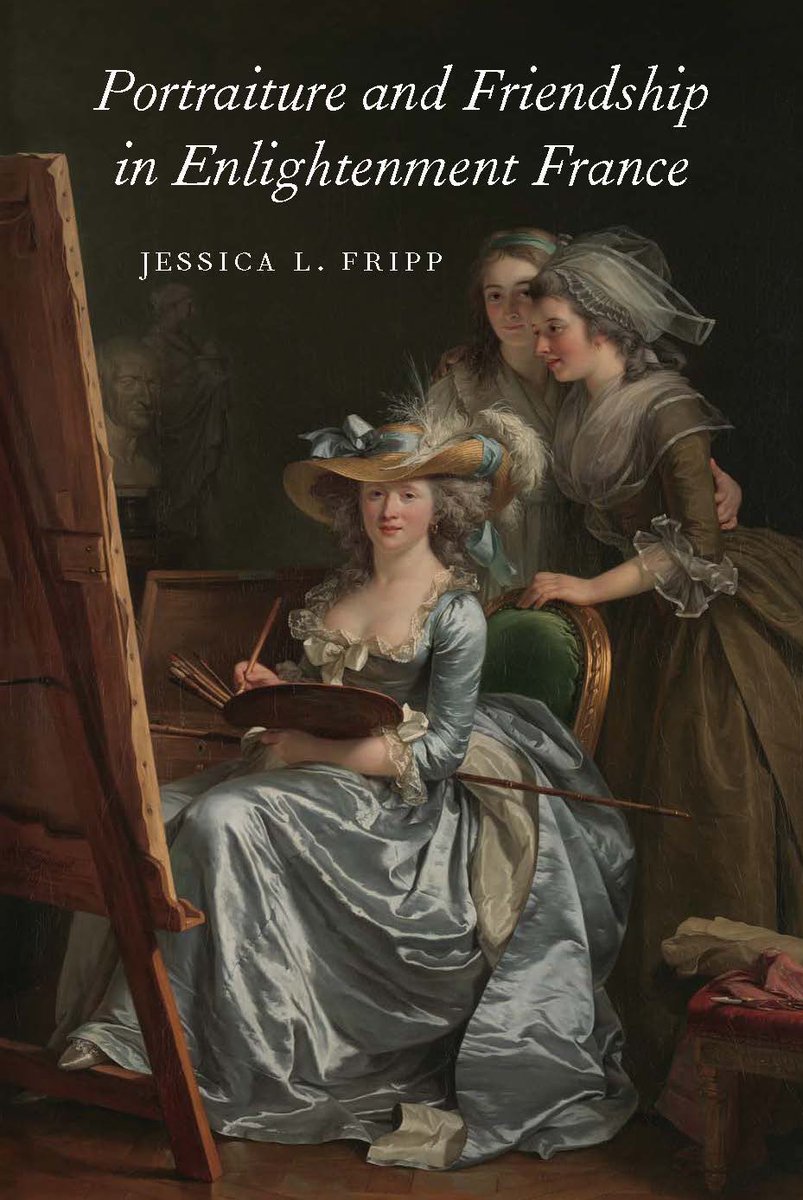Exhibition | Iron Men: The Artistry of Iron in Samurai Armor

From the press release for the exhibition:
Iron Men: The Artistry of Iron in Samurai Armor
The Ann & Gabriel Barbier-Mueller Museum, The Samurai Collection, Dallas, 1 May — 3 October 2021
Curated by Jessica Liu Beasley
On May 1, The Ann & Gabriel Barbier-Mueller Museum: The Samurai Collection will unveil its newest exhibition, Iron Men: The Artistry of Iron in Samurai Armor. The exhibition will be on display through October 3. The show examines the vital role that iron played in Japanese warrior culture and technology from the third century, when the knowledge of ironworking arrived in Japan, to the end of the samurai era in the nineteenth century. Over eighty artworks, including several masterpieces and many objects that have never before been on display, will be showcased in Iron Men. An array of samurai ironworks—full suits of armor, helmets, accessories, weapons, and horse tack—have been assembled to highlight the ways in which this seemingly unyielding metal gave way to works of protective art.
“It’s interesting to think about the common uses of iron and how, with the samurai and our collection, iron is the medium the Japanese artisans used to create the amazing pieces on display,” said Niña Barbier-Mueller Tollett, Director of Cultural Affairs for The Samurai Collection. “In the new exhibition, I think Iron Men is really referring to the craftsmen, as well as the samurai. We are excited to be bringing this aspect of samurai history to light.”
Samurai were the warriors of premodern Japan who shaped the country’s history for centuries. Their culture was one of pageantry, violence, beauty, and honor, and their spectacular armor was worn during epic battles and glorious ceremonies. The exhibition is a testament to the peerless craftsmanship of the metalworkers and reveals how they mined, smelted, and ultimately forged iron into lifesaving armor. Transcending utility, components were often meticulously inlaid with gold and silver, adorning high-ranking samurai, the daimyo, in wearable art that skillfully merged artistic form and protective function. Suits of armor from the powerful Ikeda and Date families show how these expertly crafted iron suits gave the warriors a distinguished identity and prominent appearance.
“It is remarkable to see these masterworks of iron from the collection presented together,” said Jessica Liu Beasley, curator of Iron Men and curator of The Samurai Collection. “Samurai armor is often coated in layers of lacquer that conceal the quality of the iron beneath, hiding any flaws, mistakes, or carelessness. In Iron Men, the plates are exposed, revealing every texture and lustrous finish. The virtuosity of the armorers is clearly displayed for the visitors to experience.”
The sections of the exhibition follow the story of Japanese ironworking from its introduction throughout the age of the samurai. Armorers harnessed the protective powers of iron technology to formulate their own distinct type of armor. Examples of medieval samurai armor from the thirteenth to fifteenth centuries illustrate the innovative construction that used hundreds of tiny scales (sane), which enabled superior flexibility and range of motion. Schools of armorers emerged, and the exhibition presents the work of several master armorers, providing an opportunity for side-by-side comparisons of some of the finest ironwork produced for the samurai.
Following further evolution of Japanese armor, the exhibition looks at how the introduction of firearms in the sixteenth century influenced armor fabrication. The country was in the midst of large-scale civil warfare and, in response to the new weapons, larger, more solid plates of iron had to be incorporated into the armor to protect warriors from bullets. Several components in Iron Men were bullet tested (tameshi teppo) to prove that the iron structure was strong enough to take the impact. Later, during the Edo period (1615–1868), to accommodate the changing roles of the samurai, another innovative style of armor emerged that was created with chainmail and smaller plates of iron. In this section, visitors will learn how this streamlined armor was built for ease of wear, transport, and storage.
The final sections of the exhibition show additional works from the Edo period, a time of relative peace in Japan that occurred under the unification imposed by the Tokugawa family. No longer embroiled in constant warfare, the need for battle armor decreased, and armorers had the opportunity to elevate their craft to new heights. Sumptuous creations gleam with fine metal details and decorative fittings. Sculptural iron helmets and masks were molded into fantastic three-dimensional shapes of creatures and deities. Objects of this caliber were greatly important during the many ceremonies and processions where the daimyo used the armor to demonstrate their wealth and status. Though the armor grew in beauty and refinement, the armorers to the samurai were mindful that conflict could arise again at any time. Balance had to be maintained between the elegance of their craft and the responsibility they burdened to protect the fates of their clients.
◊ ◊ ◊ ◊ ◊
The Ann & Gabriel Barbier-Mueller Museum: The Samurai Collection presents armor that once protected and adorned these fierce warriors. Established in Dallas’s Harwood District in 2012, The Samurai Collection is the only museum of its kind in the U.S. and is now one of the largest in the world. Ann and Gabriel Barbier-Mueller began acquiring art of the samurai over thirty years ago. The family has selectively built the collection with an intense focus on artistic detail and sculptural quality. The objects, which range in date from the fifth to nineteenth century, are presented in a variety of rotating exhibitions—each exploring an intriguing aspect of Japanese warrior culture. Additionally, a large exhibition of the samurai armor is currently touring through the U.S., Canada, South America, and Europe. Its upcoming exhibition at Bernisches Historisches Museum will debut 4 November 2021. The Samurai Collection is housed in the historic St. Ann’s School building, originally constructed in 1927.




























leave a comment